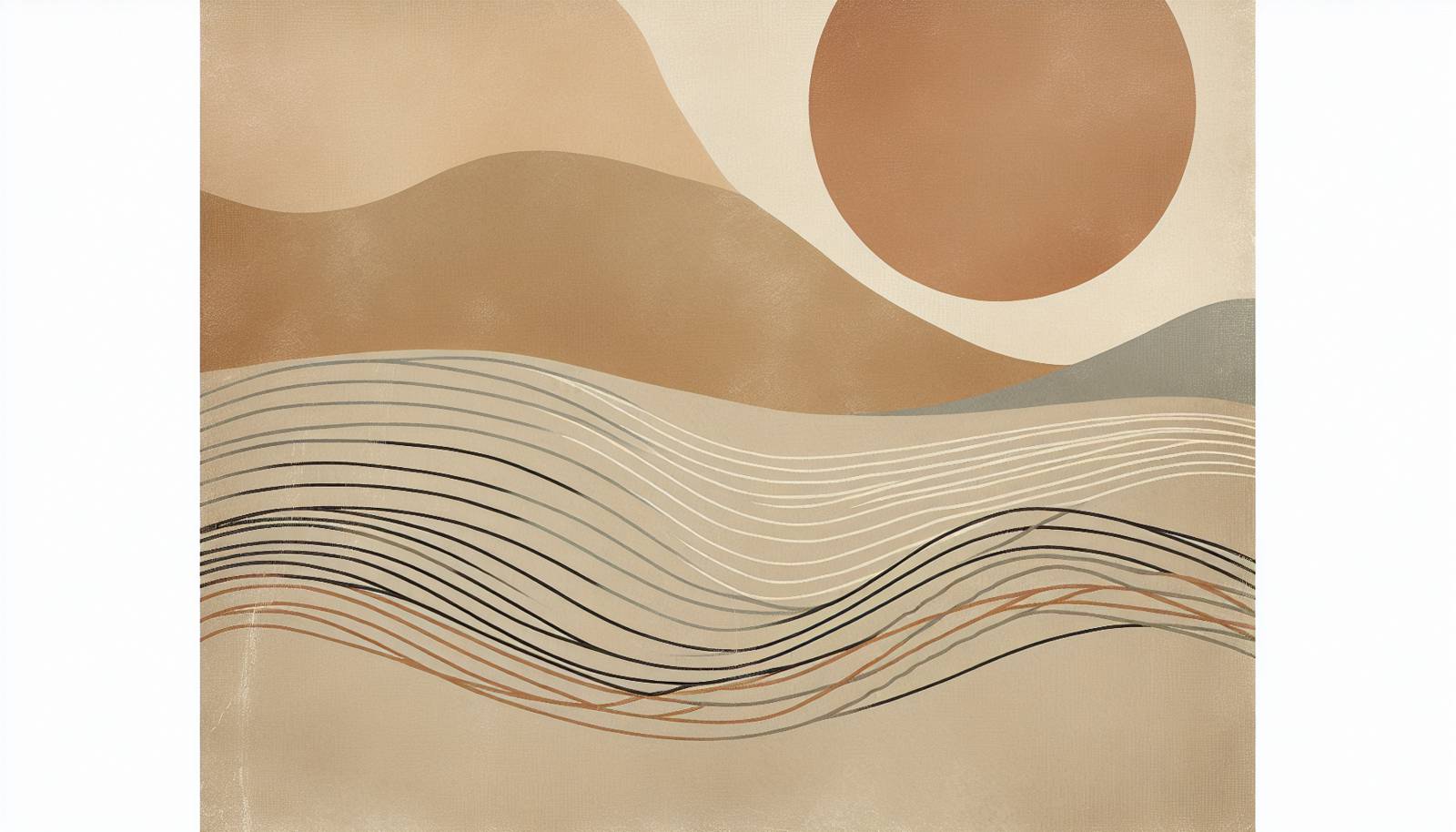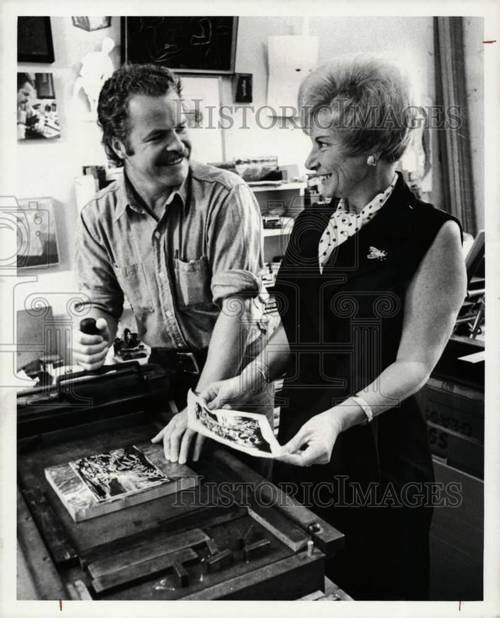
FAQ About The Role of Printmaking in Cultural History

What is printmaking and how did it originate?
Printmaking is an artistic process based on the principle of transferring images from a matrix onto another surface, most often paper or fabric. It originated in China around the 2nd century AD with woodblock printing. This technique spread to Europe by the 15th century, where it developed into a popular method for producing books, artworks, and other printed materials.

How has printmaking influenced cultural narratives?
Printmaking has been instrumental in shaping cultural narratives by democratizing art and making it more accessible to the general public. The ability to produce multiple copies of a single piece enabled ideas, stories, and artistic styles to spread more widely and rapidly than before. This democratization of art allowed for the widespread dissemination of not just artistic ideas but also political and social messages, contributing to movements like the Renaissance and the Reformation.

What are some key printmaking techniques that have impacted art history?
Several printmaking techniques have significantly impacted art history, including woodcut, engraving, etching, lithography, and screen printing. Each of these methods offers unique possibilities for creativity and expression. For example, etching, which involves using acid to bite into a metal plate, allows for incredibly detailed and fine lines, which artists like Rembrandt utilized to great effect.

In what ways did printmaking contribute to the spread of the Renaissance?
Printmaking played a crucial role in the spread of Renaissance ideas. Innovations such as the movable-type printing press, developed by Johannes Gutenberg, facilitated the mass production of books, including those filled with Renaissance art and writings. As a result, knowledge, literary works, and artistic styles could be disseminated throughout Europe, allowing Renaissance ideas to reach a broad audience and influence numerous individuals and societies.

What role did printmaking play in the Protestant Reformation?
The Protestant Reformation greatly benefited from printmaking. Martin Luther's 95 Theses were reproduced and distributed widely, thanks to the printing press, reaching a vast audience throughout Europe. The ease with which pamphlets, books, and religious texts could be disseminated enabled the rapid spread of Reformation ideas, challenging the Catholic Church's authority and reshaping religious practices and beliefs.

How did printmaking affect communication in society?
Printmaking revolutionized communication by making printed materials affordable and widely available. This led to an increase in literacy and knowledge dissemination, as books, pamphlets, and later newspapers became accessible to more people. The spread of ideas through printed media has played a vital role in cultural, political, and social transformations by facilitating public discourse and the exchange of information.

Why is printmaking considered a versatile art form?
Printmaking is seen as a versatile art form due to its ability to accommodate a wide range of artistic styles and techniques. Artists can experiment with different textures, compositions, and colors, making it uniquely adaptable to personal expression and creativity. The repeatability of prints also allows artists to produce multiple iterations, which can be varied in interesting ways, and makes art more accessible to a wider audience.

Who are some famous artists known for their work in printmaking?
Several renowned artists are celebrated for their contributions to printmaking, such as Albrecht Dürer, known for his detailed engravings and woodcuts; Francisco Goya, whose aquatint etchings critique society and politics; and Andy Warhol, who utilized screen printing to explore popular culture. Each of these artists has leveraged printmaking's unique potential to innovate and influence the visual arts.

How did the invention of the printing press impact printmaking?
The invention of the printing press in the 15th century was a groundbreaking development that significantly impacted printmaking and society as a whole. It mechanized the process of creating prints, allowing for the mass production of texts and images. This made printed materials more affordable and widespread, leading to increased literacy rates and the spread of ideas, fostering cultural and intellectual growth across Europe.

What distinguishes printmaking from other art forms?
Printmaking is distinguished from other art forms by its unique process of transferring images from a matrix to another surface, usually paper. Unlike painting or drawing where an original piece is created, printmaking is about creating artworks that can be replicated multiple times. This print production allows for variations with each impression, offering artists the opportunity to explore themes and techniques in new ways.

How does screen printing differ from other printmaking techniques?
Screen printing, also known as serigraphy, differs from other printmaking techniques in its use of stencils and mesh screens. Ink is pushed through a screen onto the substrate except in areas where a blocking stencil has been applied. This allows for vibrant, flat areas of color and is especially popular for creating artworks with high visual impact, offering versatility in terms of materials and surfaces.

What is the historical significance of woodcut printmaking?
Woodcut printmaking holds historical significance as one of the earliest printmaking techniques. Originating in East Asia around the 8th century, it later became prevalent in Europe by the late 14th century. Known for its bold, graphic lines and high contrast designs, woodcuts were used extensively for producing book illustrations, religious imagery, and even playing cards, significantly influencing the visual culture of the time.

Are there specific cultural traditions closely associated with printmaking?
Yes, certain cultural traditions are closely associated with printmaking. For instance, Japanese Ukiyo-e is a genre of woodblock prints depicting scenes of beauty, nature, and daily life which became popular during the Edo period (17th to 19th centuries). In Europe, the tradition of creating etchings and engravings has been pivotal in documenting social history and preserving cultural symbols and ideologies.

How has modern technology influenced printmaking techniques?
Modern technology has profoundly influenced traditional printmaking techniques by introducing new materials, tools, and methods. Digital printmaking, which incorporates computational and digital tools, allows for precise control over the printing process, expanding creative possibilities. Techniques like giclée printing use high-quality inkjet technology to produce detailed and vibrant prints, bridging classical printmaking techniques with contemporary practices.

What are some common themes explored through printmaking?
Printmaking has explored a wide array of themes due to its ability to reproduce and disseminate ideas broadly. Common themes include social commentary, political critique, cultural identity, and nature. Additionally, because of its origins in book illustration and educational materials, printmaking has often been used to tell stories, preserve history, and promote new ideas and philosophies.

Why is printmaking important for art education?
Printmaking is essential for art education because it offers students insight into a historical and versatile medium that combines both traditional craft and modern technology. It encourages exploration of various artistic techniques and prompts students to think critically about art production and replication. Printmaking also fosters problem-solving skills as artists learn to work with reversal images, layers, and the nuances of transfer processes.

Can printmaking be used for both artistic and commercial purposes?
Yes, printmaking can serve both artistic and commercial purposes. Artists use printmaking to create unique art pieces and explore creative processes, while commercial printmaking has traditionally been utilized for producing items like posters, textiles, and advertising materials. The overlap between the two can be seen in movements like Pop Art, where commercial techniques were adapted to create fine art pieces.

What is the role of a printmaking matrix?
A printmaking matrix is an essential component, serving as the surface or template from which prints are made. It can be crafted from various materials such as wood, metal, or silk screens, and is incised or prepared with the design to be printed. The matrix allows artists to create multiple identical impressions, making printmaking distinct from other art forms that create singular works.

What challenges do printmakers face in creating their work?
Printmakers face several challenges, including technical precision, the complexity of layering, and the intricacies involved in transferring designs from the matrix. The reversal of images can also be challenging, requiring careful planning and execution. Additionally, printmakers must select appropriate materials and techniques to best express their artistic vision while ensuring high-quality production for multiple copies.

How does printmaking contribute to preserving cultural heritage?
Printmaking contributes significantly to preserving cultural heritage as it allows for the replication and dissemination of cultural motifs and narratives across generations. By enabling the mass production of visual materials, printmaking has recorded historical events, social changes, and cultural ideologies, thus acting as a bridge between past and present. Its accessible nature helps keep tradition and history alive within communities.
